Home>Furniture & Design>Bathroom Accessories>How To Clean Kitchen Exhaust Fan Grease
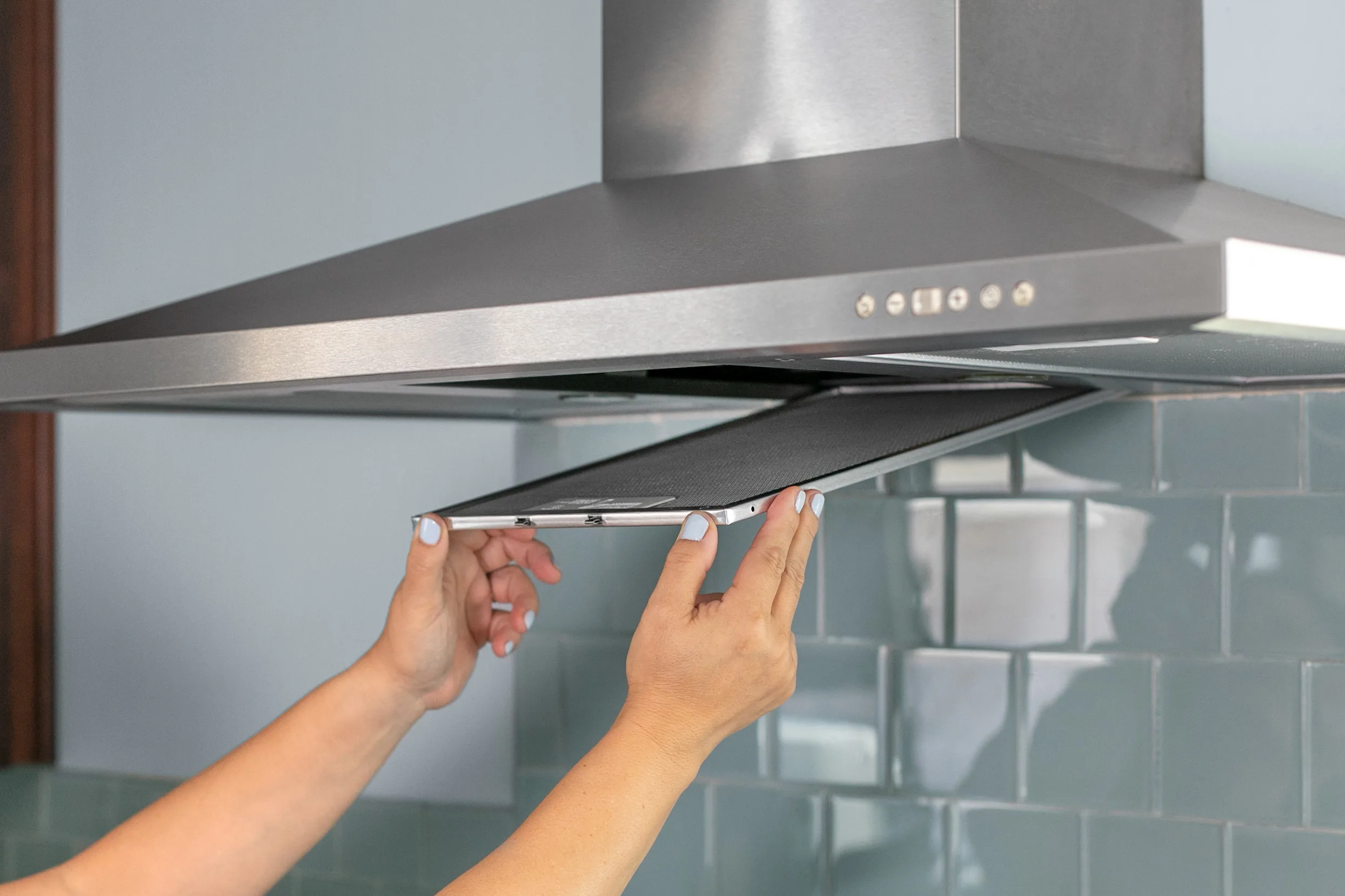

Bathroom Accessories
How To Clean Kitchen Exhaust Fan Grease
Modified: February 18, 2024
Learn effective tips for removing grease from your kitchen exhaust fan. Keep your kitchen clean and safe with our expert advice on bathroom accessories.
(Many of the links in this article redirect to a specific reviewed product. Your purchase of these products through affiliate links helps to generate commission for Storables.com, at no extra cost. Learn more)
Introduction
Cleaning the kitchen exhaust fan may not be the most glamorous task, but it is an essential part of maintaining a clean and healthy kitchen environment. Over time, grease and grime can accumulate on the exhaust fan, leading to reduced efficiency and potential fire hazards. In addition to compromising air quality, a dirty kitchen exhaust fan can also contribute to unpleasant odors and an overall unhygienic atmosphere in the kitchen.
Regular cleaning of the kitchen exhaust fan is crucial for ensuring optimal performance and safety. By removing built-up grease and debris, you can prevent potential fire risks and maintain a fresh, clean kitchen environment. In this comprehensive guide, we will explore the importance of cleaning kitchen exhaust fan grease, the tools and materials needed for the task, and provide a step-by-step guide to effectively clean the kitchen exhaust fan. Additionally, we will share valuable tips for maintaining a clean kitchen exhaust fan to ensure long-term efficiency and safety.
As we delve into the intricacies of cleaning the kitchen exhaust fan, it's important to recognize the impact of this often overlooked task. By understanding the significance of maintaining a clean and functional exhaust fan, you can create a safer, more pleasant cooking environment for you and your family. Let's embark on this journey to discover the essential steps for keeping your kitchen exhaust fan in top condition.
Key Takeaways:
- Regularly cleaning your kitchen exhaust fan is crucial for preventing fire hazards, maintaining air quality, and creating a healthier cooking environment for you and your family.
- Use the right tools and materials, and follow a step-by-step guide to effectively clean your kitchen exhaust fan. Implementing maintenance tips will ensure a safe and efficient kitchen space.
Read more: How To Clean Exhaust Fan In Bathroom
Understanding the importance of cleaning kitchen exhaust fan grease
Cleaning the kitchen exhaust fan grease is a vital aspect of maintaining a safe and healthy kitchen environment. Over time, the exhaust fan accumulates grease, oil, and grime from cooking activities. This buildup not only diminishes the efficiency of the fan but also poses potential fire hazards. The accumulation of grease can obstruct the airflow, reducing the fan's ability to effectively remove smoke, odors, and airborne particles from the kitchen. As a result, the air quality in the kitchen may deteriorate, leading to unpleasant cooking odors and potentially harmful airborne particles lingering in the space.
Moreover, the presence of grease and grime on the exhaust fan creates an environment conducive to the growth of bacteria and mold. This can compromise the overall hygiene of the kitchen and pose health risks to the occupants. Additionally, a dirty kitchen exhaust fan can contribute to the spread of airborne allergens and contaminants, which may exacerbate respiratory issues for individuals with allergies or asthma.
From a safety perspective, neglecting the cleaning of kitchen exhaust fan grease can lead to a heightened risk of fire. Grease buildup on the fan and its surrounding areas becomes highly flammable, especially when exposed to high temperatures during cooking. In the event of a fire, the accumulated grease can ignite and spread rapidly, posing a significant threat to the entire kitchen and potentially the entire home.
Furthermore, a neglected kitchen exhaust fan may result in increased energy consumption. When the fan is clogged with grease and grime, it requires more power to operate efficiently, leading to higher energy bills. Regular cleaning of the exhaust fan ensures that it functions optimally, reducing energy consumption and contributing to cost savings in the long run.
By understanding the importance of cleaning kitchen exhaust fan grease, individuals can prioritize this essential maintenance task to ensure a safe, hygienic, and efficient kitchen environment. Regular cleaning not only enhances the performance and longevity of the exhaust fan but also promotes a healthier living space for all occupants.
Tools and materials needed for cleaning
When it comes to cleaning the kitchen exhaust fan, having the right tools and materials at your disposal is essential for achieving effective results. Here's a comprehensive list of items you'll need to tackle the task of cleaning the kitchen exhaust fan:
Tools:
-
Screwdriver: A screwdriver, typically a Phillips head or flat head, will be necessary for removing the fan cover and accessing the interior components of the exhaust fan.
-
Cleaning Brushes: Invest in a set of cleaning brushes with varying bristle stiffness. These brushes will help you dislodge and remove stubborn grease and grime from the fan blades, motor, and other components.
-
Microfiber Cloths: Microfiber cloths are highly effective for wiping down surfaces and capturing grease and dirt particles. They are gentle on the fan components and provide thorough cleaning without leaving lint behind.
-
Vacuum Cleaner with Brush Attachment: A vacuum cleaner equipped with a brush attachment is ideal for removing loose debris and dust from the exhaust fan and surrounding areas.
-
Scrubbing Pads or Sponges: Non-abrasive scrubbing pads or sponges are essential for tackling tough grease buildup on the fan cover and other surfaces.
-
Rubber Gloves: Protect your hands with rubber gloves to shield them from the grease and cleaning solutions used during the cleaning process.
-
Safety Glasses: It's important to wear safety glasses to shield your eyes from any debris or cleaning solutions that may dislodge during the cleaning process.
Materials:
-
Degreasing Cleaner: Choose a high-quality degreasing cleaner or a specialized kitchen cleaner to effectively break down and remove grease from the exhaust fan and its components.
-
Warm, Soapy Water: Prepare a solution of warm water and mild dish soap for initial cleaning and removal of surface grime.
-
Baking Soda: Baking soda is a natural abrasive that can be used to create a gentle yet effective cleaning paste for stubborn grease and grime.
-
Vinegar: White vinegar is an excellent natural cleaner that can help dissolve grease and eliminate odors from the exhaust fan and surrounding areas.
-
All-Purpose Cleaner: An all-purpose cleaner can be used for general surface cleaning and maintenance.
-
Lint-Free Cloths: Use lint-free cloths for drying and polishing the exhaust fan components after cleaning.
By ensuring that you have these essential tools and materials on hand, you'll be well-equipped to tackle the task of cleaning your kitchen exhaust fan effectively and efficiently. These items will enable you to remove grease, grime, and dirt from the fan and its components, restoring its functionality and promoting a cleaner, healthier kitchen environment.
Read more: How To Clean A Kitchen Exhaust Fan
Step-by-step guide to cleaning the kitchen exhaust fan
-
Turn off the Power: Before starting the cleaning process, ensure that the kitchen exhaust fan is switched off and disconnected from the power source to prevent any accidents or injuries.
-
Remove the Fan Cover: Using a screwdriver, carefully remove the fan cover to access the interior components of the exhaust fan. Place the screws in a safe location to avoid misplacement.
-
Clean the Fan Cover: Wipe down the fan cover with a microfiber cloth dipped in warm, soapy water to remove surface grime and grease. For stubborn stains, create a paste using baking soda and water, apply it to the affected areas, and gently scrub with a non-abrasive sponge.
-
Clean the Fan Blades and Motor: Using a vacuum cleaner with a brush attachment, carefully remove loose debris and dust from the fan blades and motor. Next, apply a degreasing cleaner to a cleaning brush and gently scrub the fan blades and motor to dislodge and remove built-up grease and grime.
-
Wipe Down Interior Surfaces: Use a microfiber cloth dampened with a degreasing cleaner to wipe down the interior surfaces of the exhaust fan, including the housing and any accessible components. Pay special attention to areas with heavy grease buildup.
-
Rinse and Dry: After cleaning, rinse the fan cover and components with clean water to remove any remaining cleaning solution. Use lint-free cloths to thoroughly dry all surfaces to prevent water spots and promote a polished finish.
-
Reassemble the Fan: Once all components are clean and dry, reattach the fan cover using the screws and screwdriver. Ensure that the cover is securely in place before restoring power to the kitchen exhaust fan.
-
Final Inspection: Turn on the exhaust fan to ensure that it is functioning properly. Check for any unusual noises or vibrations, which may indicate that further cleaning or maintenance is required.
By following this step-by-step guide, you can effectively clean your kitchen exhaust fan, removing grease, grime, and debris to restore its efficiency and promote a healthier kitchen environment. Regular maintenance and cleaning of the exhaust fan will contribute to improved air quality, reduced fire hazards, and enhanced overall safety in the kitchen.
To clean kitchen exhaust fan grease, mix hot water and degreasing dish soap. Remove the fan cover and soak it in the soapy water. Use a brush to scrub off the grease, then rinse and dry thoroughly before reattaching.
Tips for maintaining a clean kitchen exhaust fan
Maintaining a clean kitchen exhaust fan is essential for ensuring its optimal performance and longevity. By incorporating regular maintenance practices, you can prevent the accumulation of grease and grime, minimize fire hazards, and promote a healthier kitchen environment. Here are valuable tips for effectively maintaining a clean kitchen exhaust fan:
-
Establish a Cleaning Schedule: Set a regular cleaning schedule for the kitchen exhaust fan to prevent the buildup of grease and grime. Depending on your cooking frequency and the type of meals prepared, aim to clean the exhaust fan at least every 3 to 6 months. Consistent cleaning will help maintain optimal airflow and prevent the accumulation of flammable grease.
-
Use Grease Filters: Install and regularly clean or replace grease filters in the exhaust fan. Grease filters effectively capture airborne grease particles, preventing them from accumulating on the fan blades and interior components. Clean or replace the filters according to the manufacturer's recommendations to ensure efficient grease removal.
-
Monitor and Clean Fan Blades: Regularly inspect the fan blades for grease buildup and clean them as needed. Use a degreasing cleaner and a soft-bristled brush to remove accumulated grease and dirt from the blades. Clean fan blades contribute to improved airflow and prevent strain on the motor.
-
Inspect and Clean Ductwork: Periodically inspect the ductwork connected to the kitchen exhaust fan for any signs of grease buildup or blockages. Clean the ductwork as necessary to ensure that air can flow freely, preventing potential fire hazards and maintaining efficient ventilation.
-
Utilize Natural Cleaning Agents: Consider using natural cleaning agents such as white vinegar and baking soda to effectively dissolve grease and eliminate odors from the exhaust fan and its components. These natural cleaners are environmentally friendly and can help maintain a fresh, clean kitchen environment.
-
Regularly Wipe Down Surfaces: Routinely wipe down the exterior surfaces of the exhaust fan, including the fan cover and surrounding areas, to prevent the accumulation of surface grime and grease. Use a mild dish soap solution and microfiber cloths for gentle yet effective cleaning.
-
Inspect and Maintain Seals and Gaskets: Check the seals and gaskets around the exhaust fan for signs of wear or damage. Proper seals are essential for preventing grease and odors from escaping into the kitchen. Replace any worn or damaged seals to maintain optimal performance.
-
Professional Maintenance: Consider scheduling professional maintenance for the kitchen exhaust fan, especially if you notice unusual noises, reduced airflow, or persistent odors. A professional technician can conduct thorough cleaning, lubrication, and inspections to ensure the fan operates at its best.
By implementing these tips for maintaining a clean kitchen exhaust fan, you can uphold a safe, hygienic, and efficient kitchen environment. Regular maintenance and cleaning practices will contribute to improved air quality, reduced fire risks, and prolonged longevity of the exhaust fan, ensuring a pleasant cooking space for you and your family.
Conclusion
In conclusion, the process of cleaning kitchen exhaust fan grease is not only a matter of aesthetics but also a critical aspect of maintaining a safe, healthy, and efficient kitchen environment. By understanding the significance of regular cleaning and maintenance, individuals can proactively address potential fire hazards, improve air quality, and promote a hygienic cooking space for themselves and their families.
The accumulation of grease and grime on the kitchen exhaust fan can lead to reduced airflow, compromised ventilation, and increased fire risks. Neglecting the cleaning of the exhaust fan can result in a buildup of highly flammable grease, posing a significant threat to the safety of the kitchen and the entire home. Additionally, a dirty exhaust fan can contribute to the spread of airborne allergens, compromise air quality, and create an unhygienic cooking environment.
By following a comprehensive cleaning process and utilizing the necessary tools and materials, individuals can effectively remove grease and grime from the exhaust fan, restoring its functionality and promoting a cleaner, healthier kitchen environment. The step-by-step guide provided in this article offers a practical approach to cleaning the kitchen exhaust fan, ensuring that all components are thoroughly cleaned and maintained.
Furthermore, the tips for maintaining a clean kitchen exhaust fan serve as valuable guidelines for establishing a regular cleaning schedule, utilizing grease filters, and implementing natural cleaning agents to prevent the accumulation of grease and maintain optimal airflow. By incorporating these maintenance practices, individuals can minimize fire hazards, improve ventilation, and create a more pleasant cooking environment.
In essence, the importance of cleaning kitchen exhaust fan grease cannot be overstated. By prioritizing regular cleaning and maintenance, individuals can safeguard their kitchens against potential fire risks, enhance air quality, and promote a hygienic and efficient cooking space. With a proactive approach to cleaning and maintenance, the kitchen exhaust fan can continue to function optimally, contributing to a safer and more enjoyable cooking experience for all occupants.
Frequently Asked Questions about How To Clean Kitchen Exhaust Fan Grease
Was this page helpful?
At Storables.com, we guarantee accurate and reliable information. Our content, validated by Expert Board Contributors, is crafted following stringent Editorial Policies. We're committed to providing you with well-researched, expert-backed insights for all your informational needs.
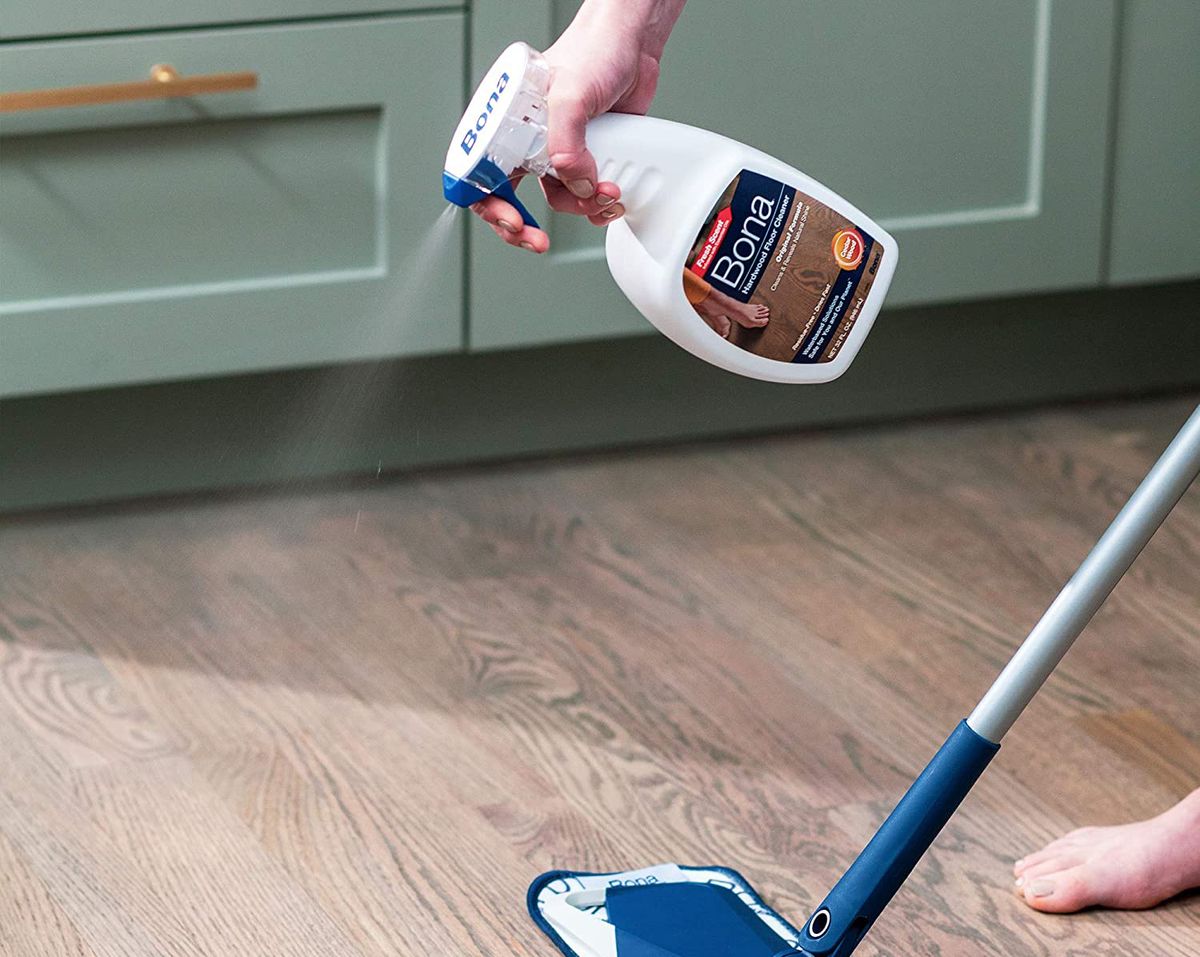
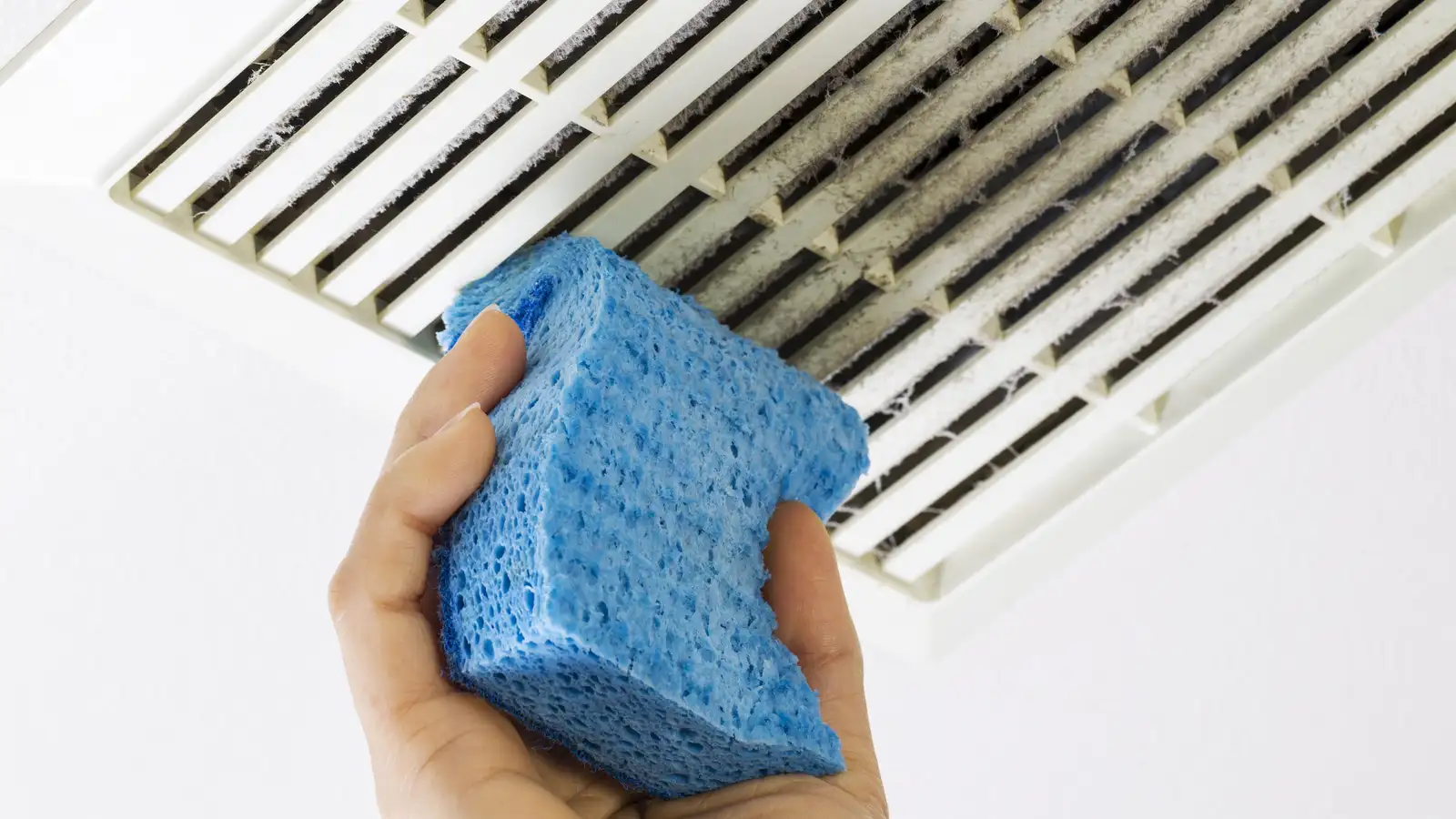
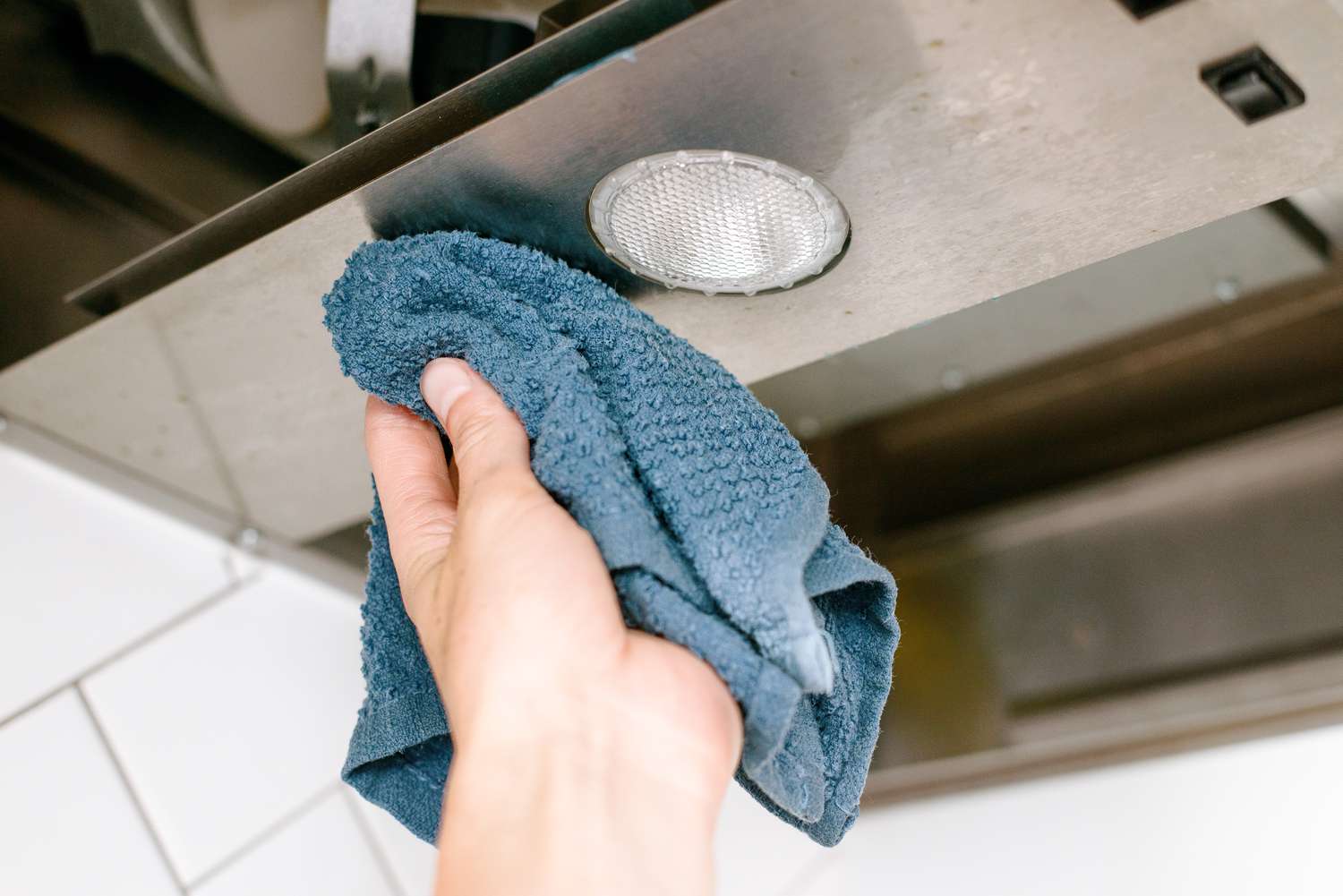
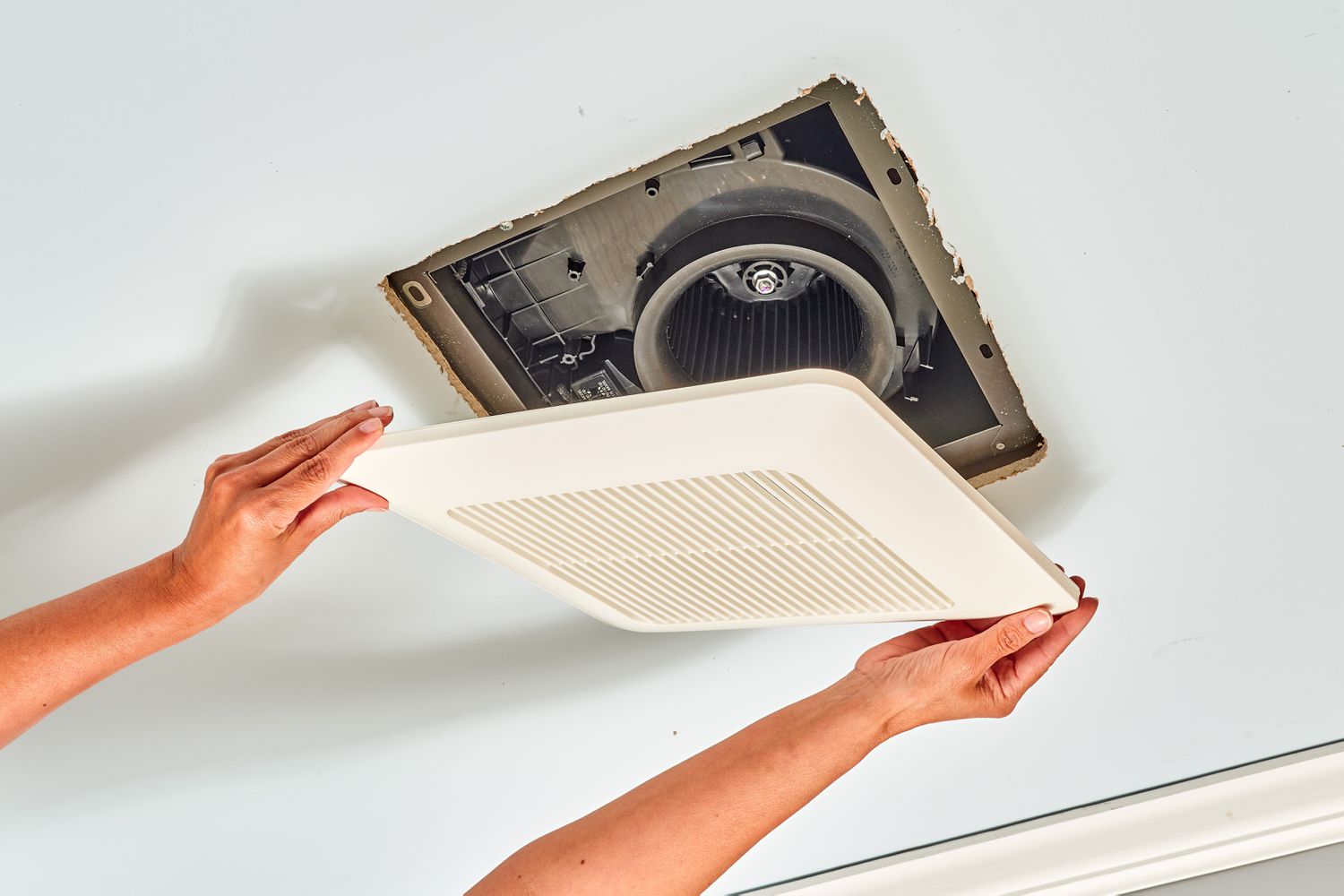
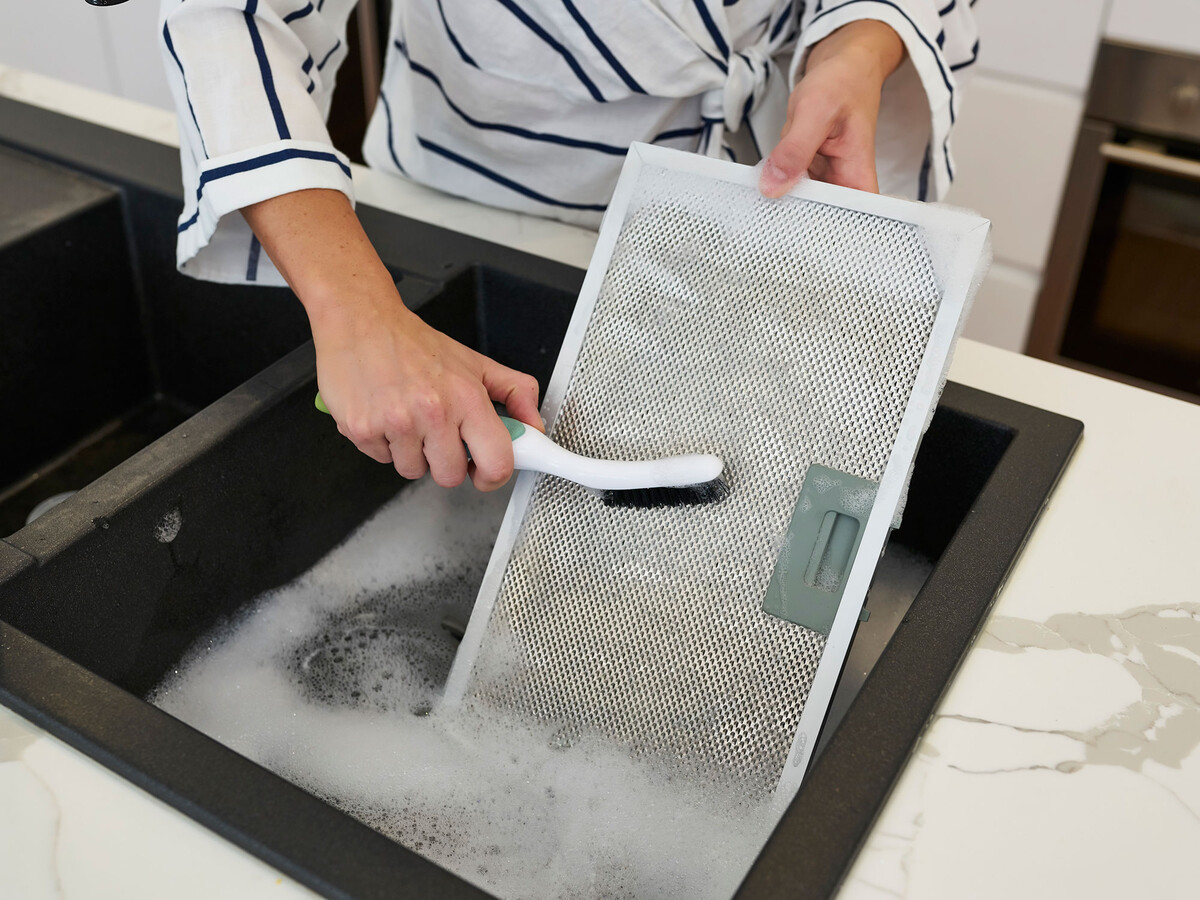
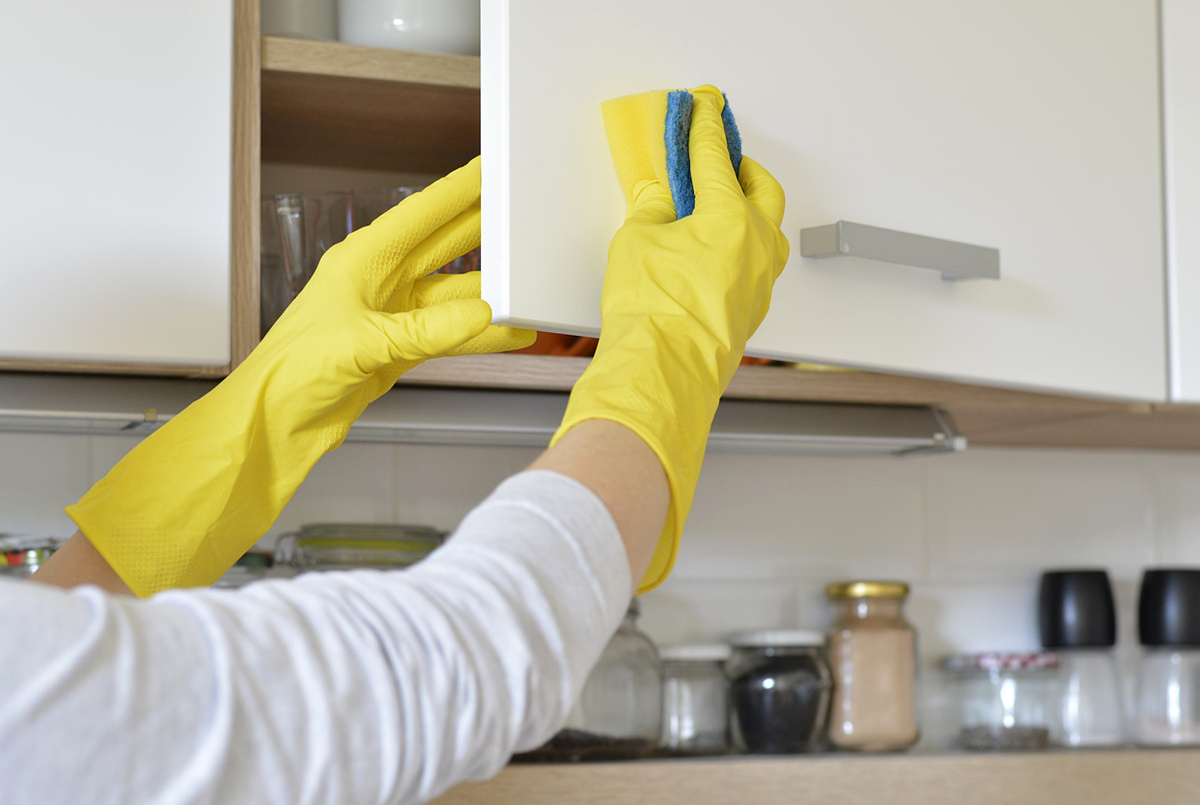
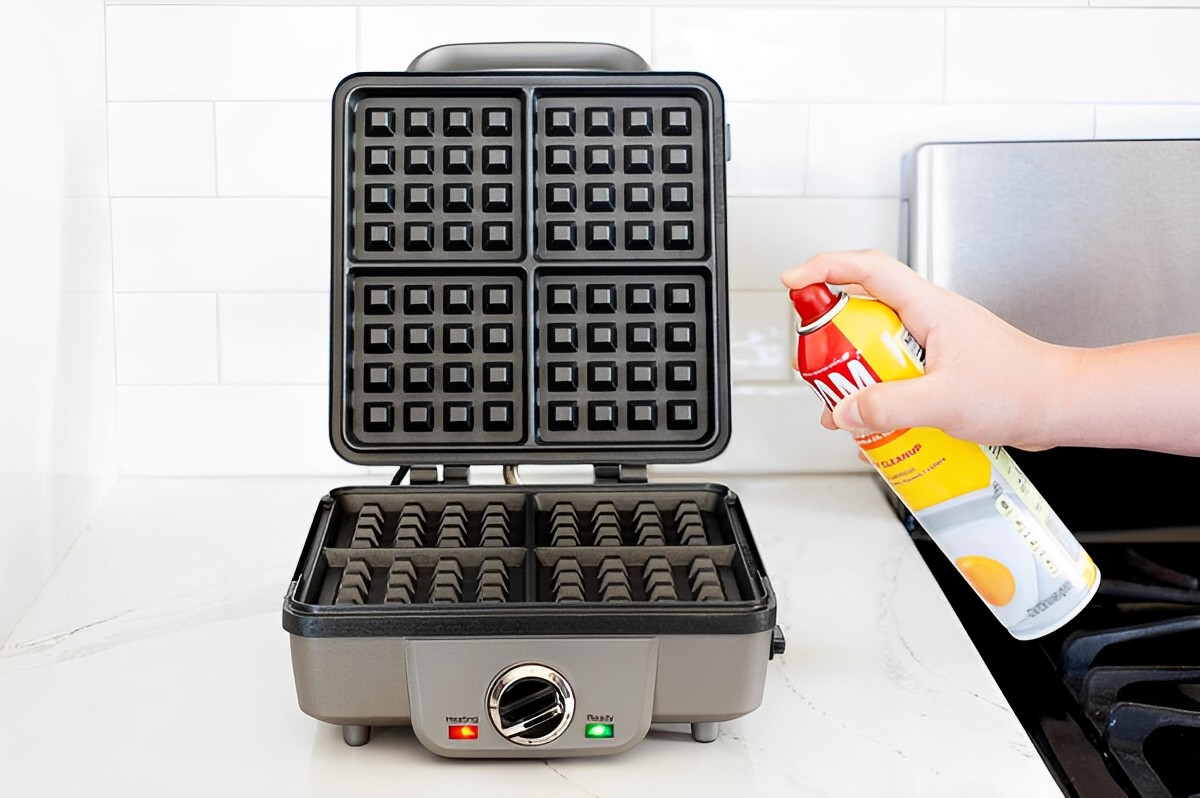
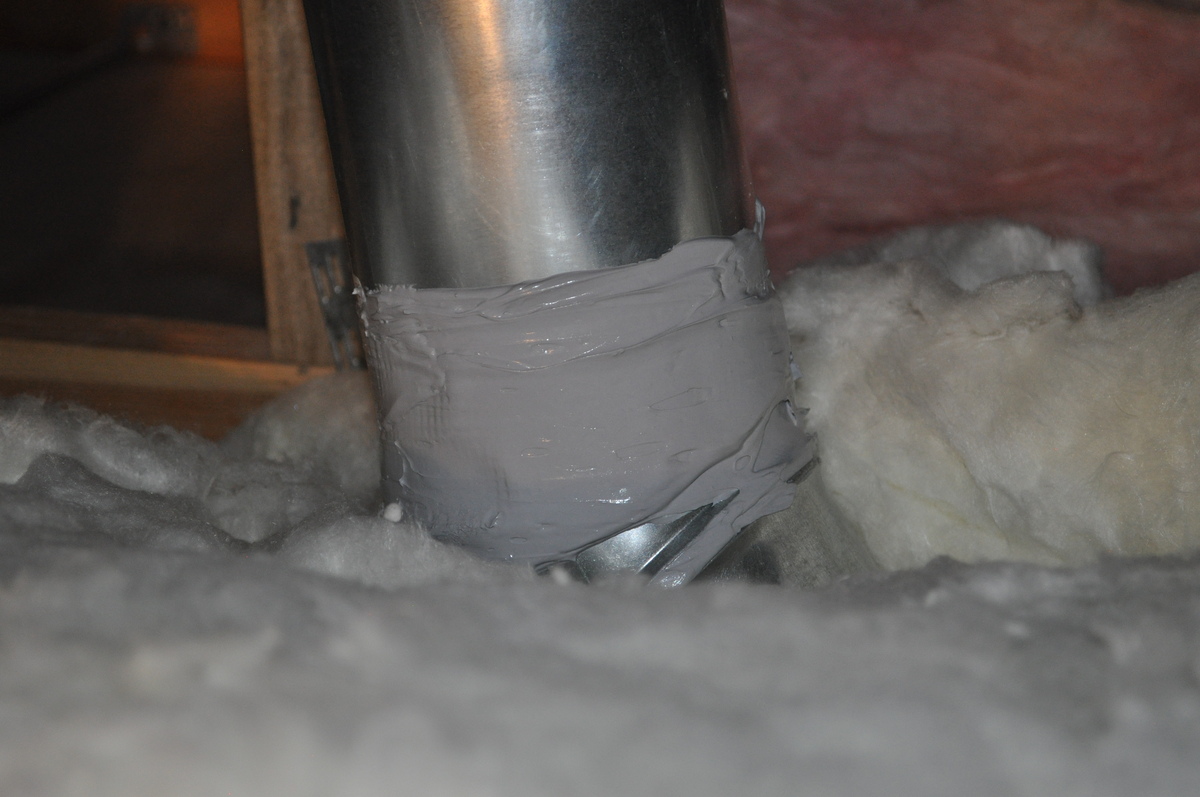
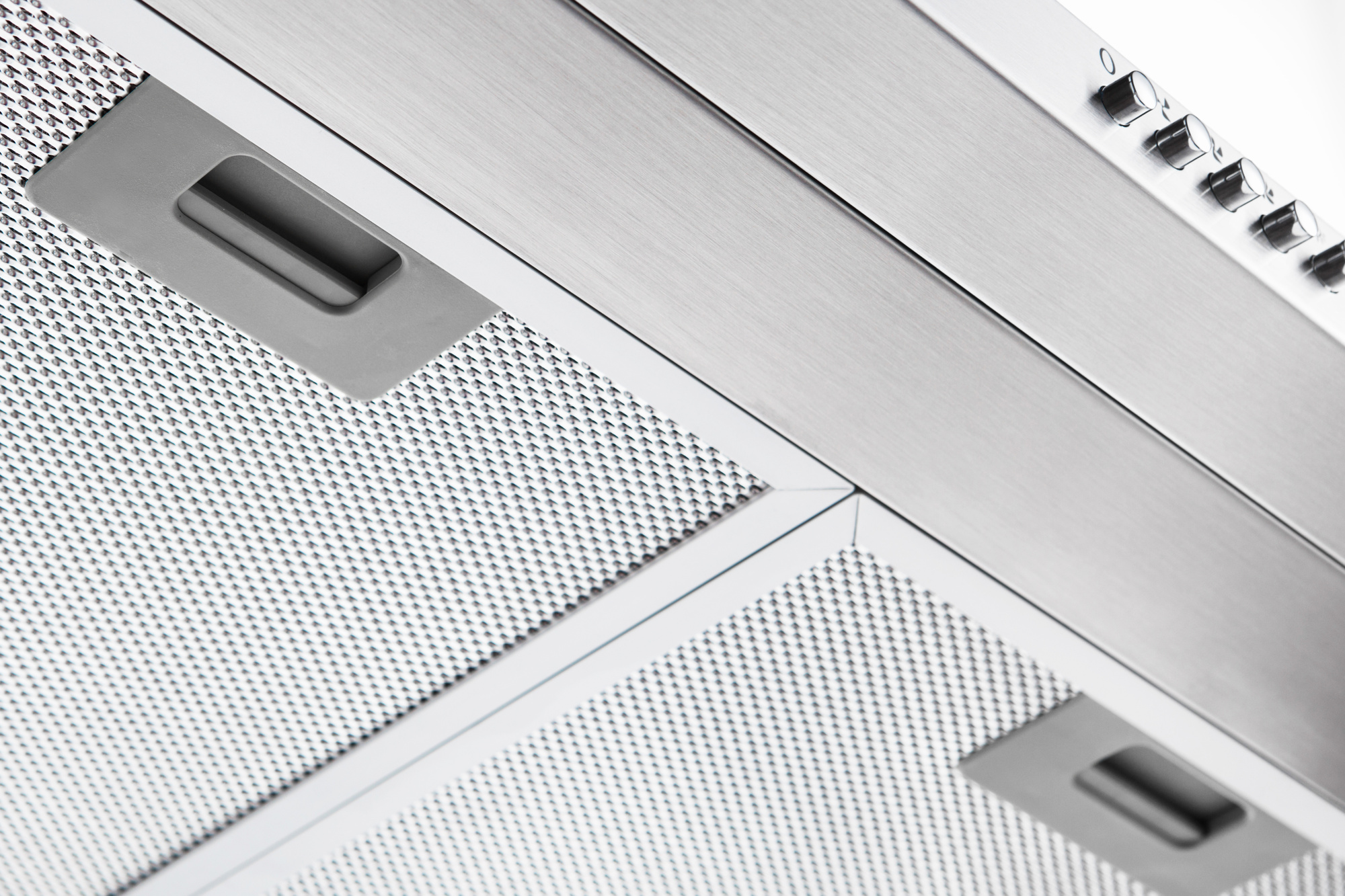
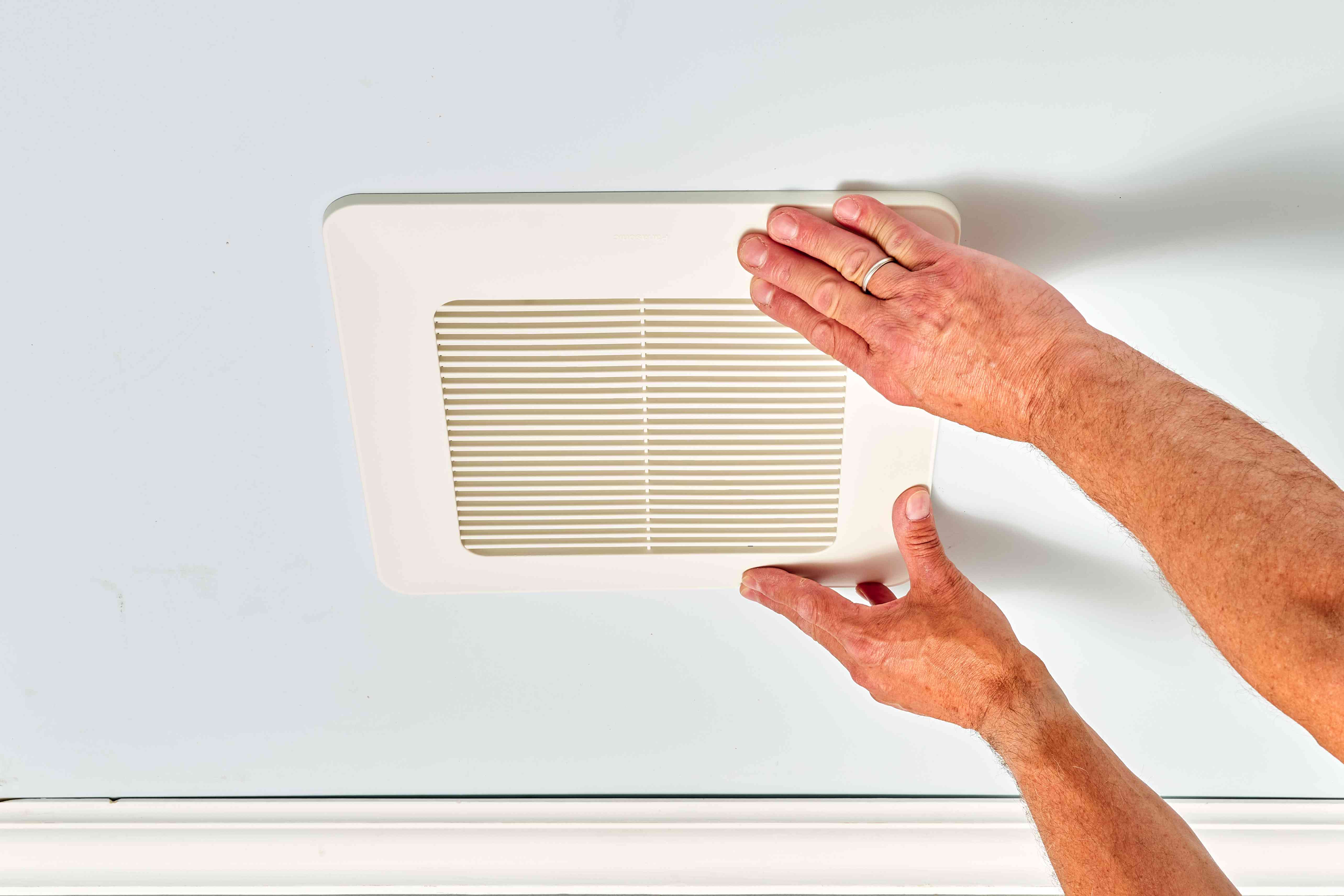
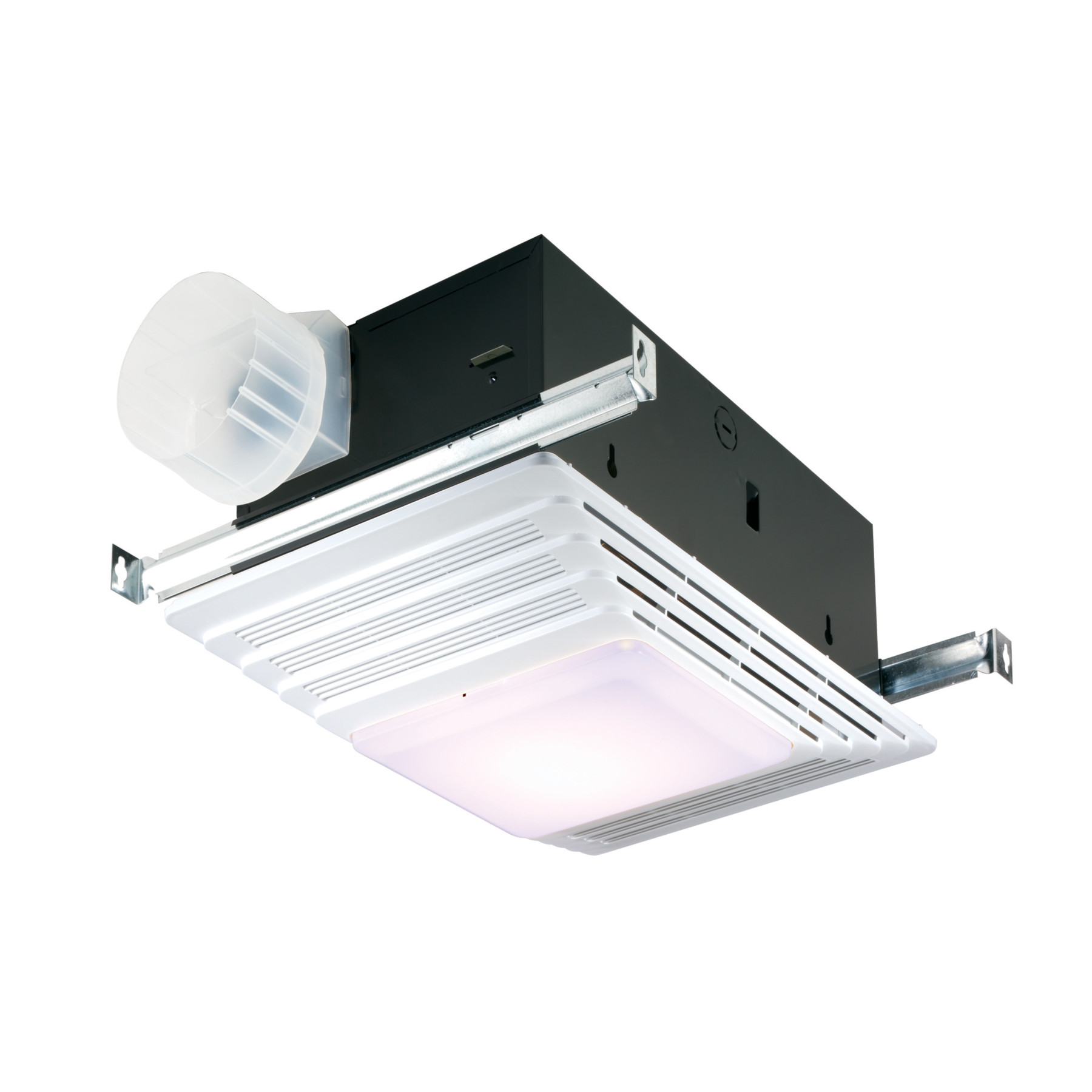
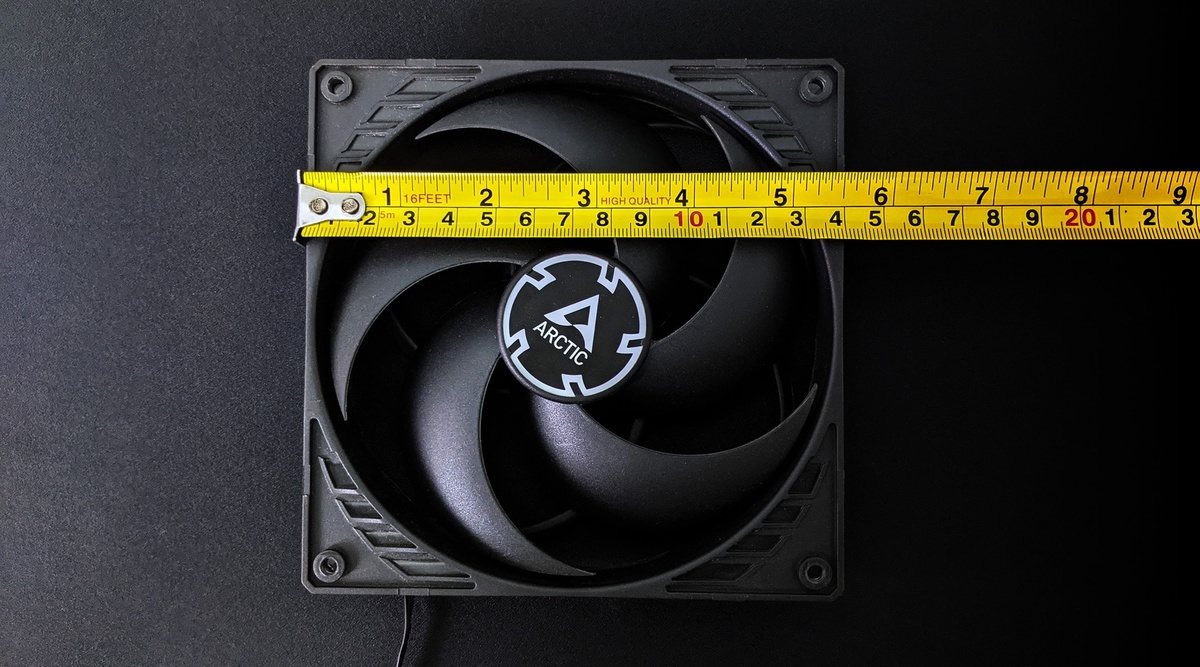
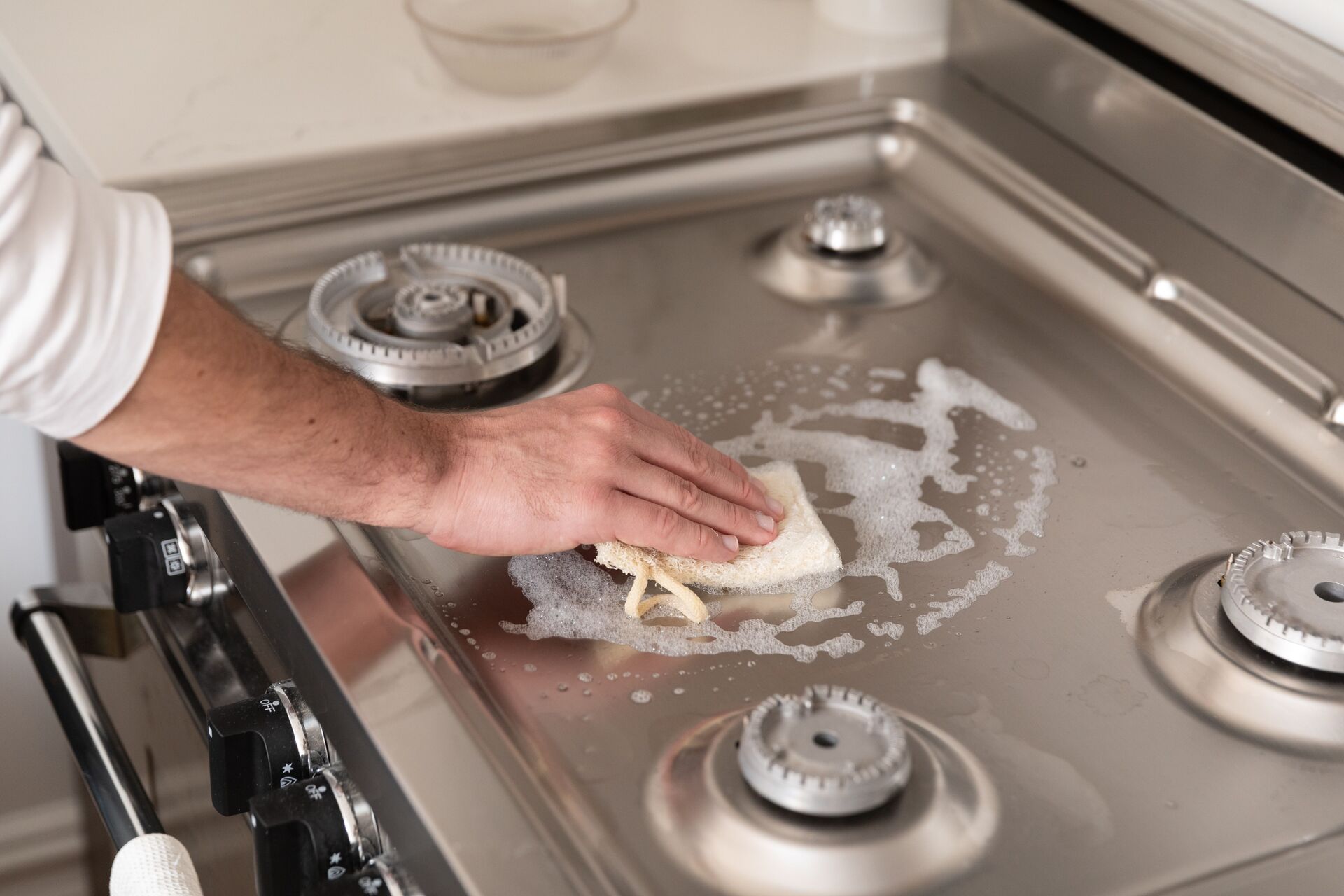
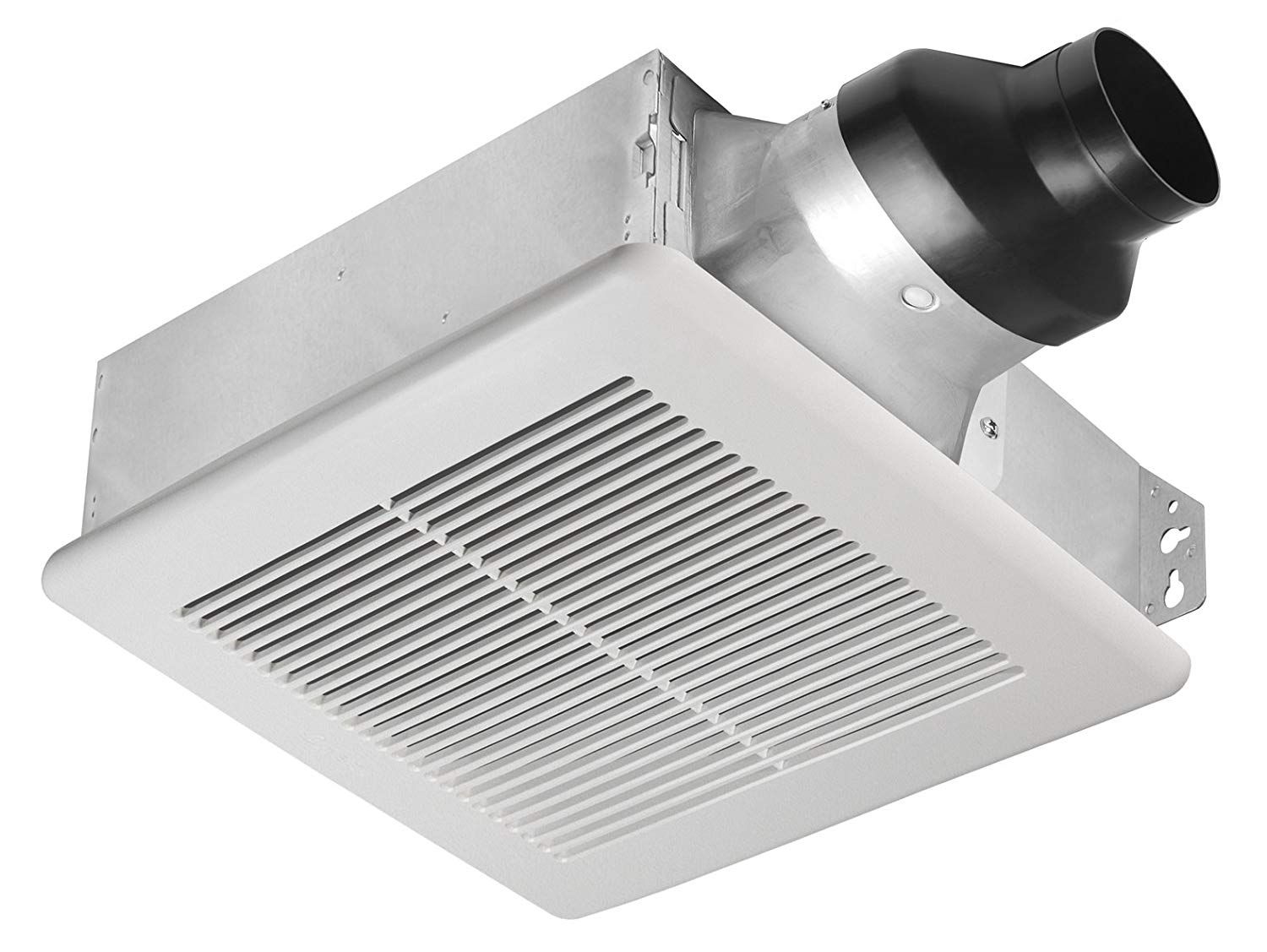

0 thoughts on “How To Clean Kitchen Exhaust Fan Grease”